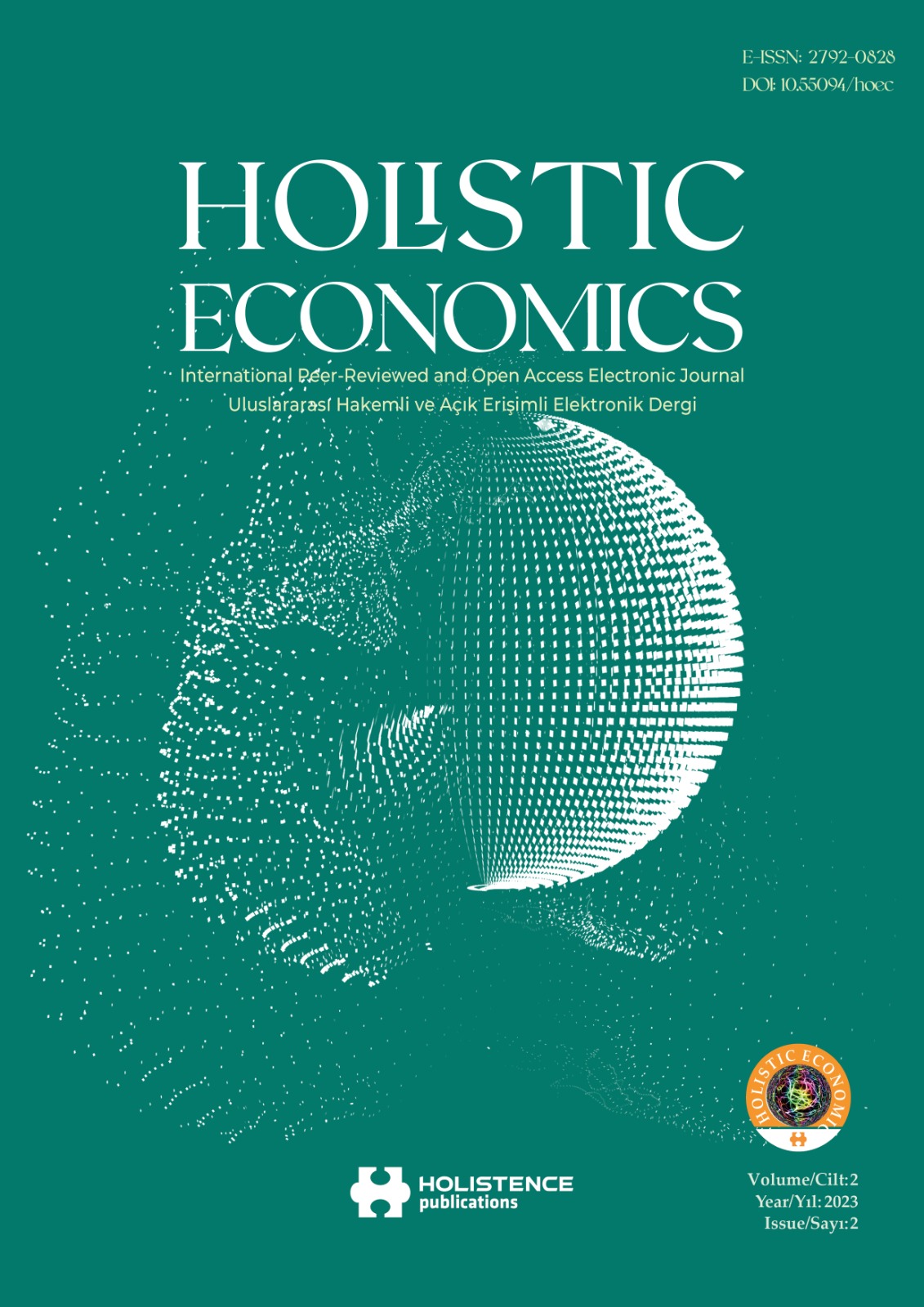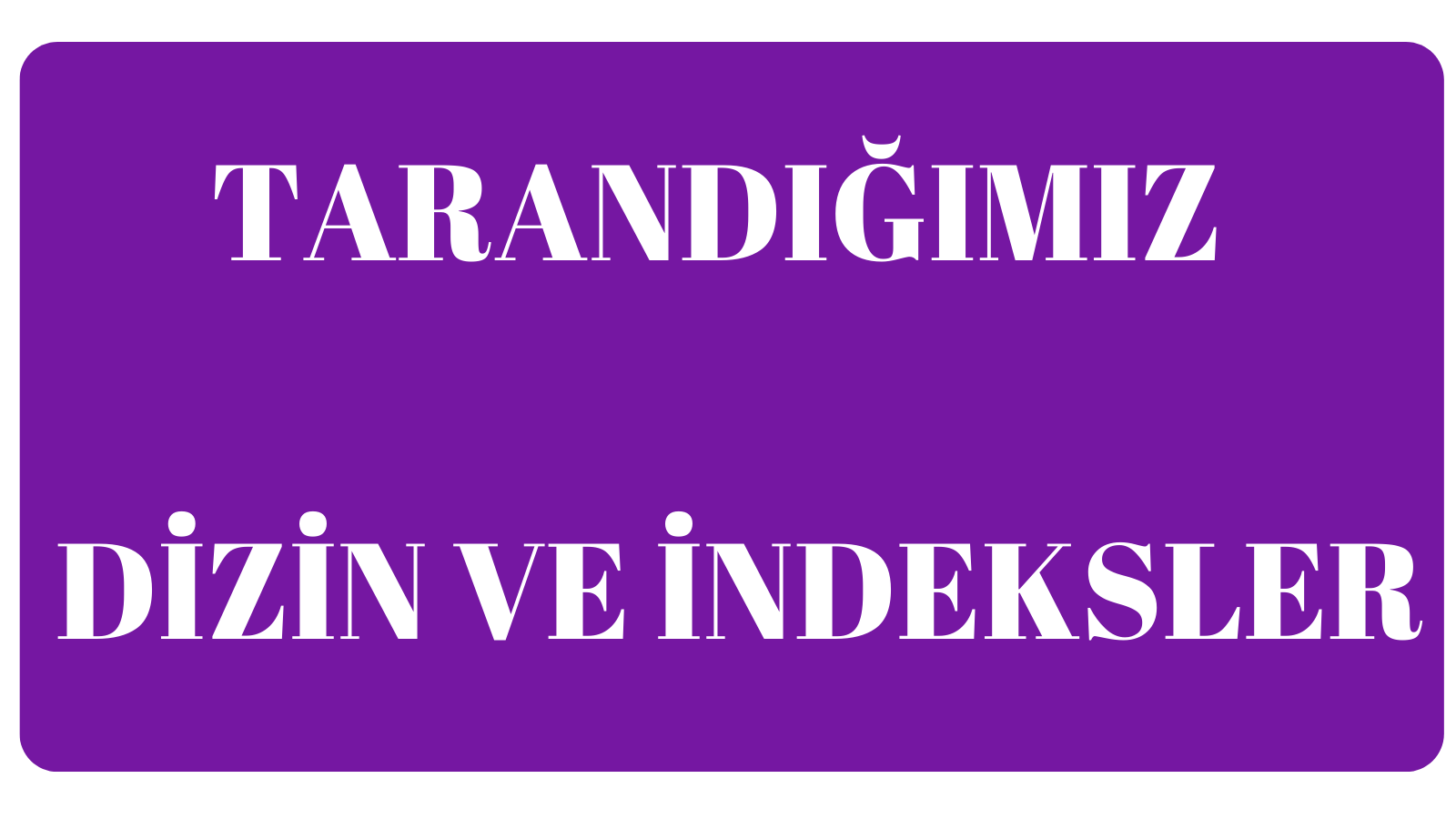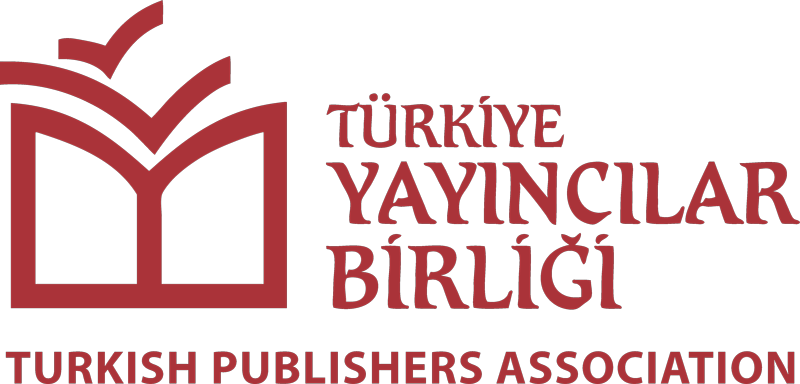BİST100 endeksinde işlem gören şirketlerin mali oranlarına göre bütünleşik CRITIC tabanlı WASPAS yöntemi ile portföy oluşturulması
DOI:
https://doi.org/10.55094/hoec.2166Anahtar Kelimeler:
Bütünleşik CRITIC / CRITIC-M ve D-CRITIC Yöntemleri- WASPAS- BİST100- Mali Oranlar- PortföyÖzet
Bu çalışmada amaç, 2022 yılında BIST100 endeksinde işlem gören, TÜİK’in açıkladığı TÜFE ile indirgenmiş BIST100 reel getiri oranından (%61,81) yüksek getiri sağlayan ve finans kuruluşları (bankacılık-sigortacılık) haricindeki şirketlerin finansal göstergeleri, yıllık getirileri ve hisse senetlerine ait piyasa çarpanları kullanılarak en iyi portföyü oluşturmaktır. Bu amaçla çok kriterli karar verme yöntemlerinden WASPAS yöntemi kullanılarak hisse senetlerinin sıralaması yapılmış ve yatırımcıya en iyi şirketler ile bir portföy oluşturması önerisinde bulunularak karar verme sürecine destek verilmiştir. BİST100 endeksinde işlem gören şirketler seçilirken reel getirileri yüksek, gözlemleri tutarlı ve veri setinde aykırı değer bulunmaması kriterleri göz önünde bulundurulmuştur. Çok değişkenli aykırı değer incelemesi Mahalonobis D2 uzaklığı kullanılarak gerçekleştirilmiştir. Literatür ve uzman görüşleri dikkate alınarak kriterler Özsermaye kârlılığı, aktif kârlılık, Firma Değeri / Faiz Amortisman Vergi Öncesi Kâr (FD/FAVÖK), Hisse başına kâr, Fiyat Kazanç Oranı (F/K), Piyasa Değeri / Defter Değeri (PD/DD) ve günlük ortalama getiri olarak belirlenmiştir. Çok amaçlı karar verme yöntemlerinde en önemli aşamalardan biri kriterlerin ağırlıklarının belirlenmesi aşamasıdır. Çalışmada her bir kritere objektif ağırlık belirlenmesi amacıyla CRITIC yöntemi ile CRITIC yönteminin modifiye edilmiş yeni yöntemleri olan CRITIC-M ve D-CRITIC yöntemlerinde değiştirilen adımların bütünleşik olarak kullanılması ile elde edilen kriter ağırlık ataması gerçekleştirilmiştir. Ardından her iki yöntem ile de elde edilen ağırlıklar şirketlerin sıralanması için kullanılacak çok kriterli karar verme yöntemlerinden biri olan WASPAS yöntemine atanarak yöntem uygulanmıştır. Sonuç olarak yatırımcıların hangi kritere daha çok önem verdiğine göre bir portföy oluşturabilmesi için sonuçlar karşılaştırılmış ve yorumlanmıştır.
İndirmeler
Referanslar
CHAKRABORTY, S. & ZAVADSKAS E.K. (2014). Applications of WASPAS Method in Manufacturing Decision Making, Informatica, Vol.25, No.1, 1-20.
DİAKOULAKİ,D., MAVROTAS, G. & PAPAYANNAKİS, L. (1995). Determining Objective Weights in Multiple Criteria Problems: The Critic Method, Computers&Operations Research, Volume 22, Issue 7, s. 763-770, https://doi.org/10.1016/0305-0548(94)00059-H
ERDOĞAN, M. & YAMALTDINOVA, A. (2018). Borsa İstanbul’a Kayıtlı Turizm Şirketlerinin 2011-2015 Dönemi Finansal Performanslarının TOPSIS ile Analizi. Optimum Ekonomi ve Yönetim Bilimleri Dergisi, 5(1), 19- 36.
EREN, S.A. & ÇELİK, İ.E. (2020). Finansal Performansın Ölçü lmesinde Topsis Yönteminin Kullanımı: Türk Bankacılık Sektörü Uygulaması, İçtimaiyat Sosyal Bilimler Dergisi, Yıl 4, Sayı 2, s. 171-180.
EYÜBOĞLU, K. & BAYRAKTAR, Y. (2019). Ana Metal Sanayi Alt Sektörlerinin Finansal Performanslarının Ahp ve Topsis Yöntemleri ile Değerlendirilmesi. Muhasebe ve Finans İncelemeleri Dergisi, 2 (1), 1-10. DOI: 10.32951/mufider.443508
EZİN, Y. (2022). Tekstil Sektörünün Oran Analizi ve Topsis Yöntemi ile Değerlendirilmesi, Kafkas Üniversitesi İktisadi ve İdari Bilimler Fakültesi Dergisi, Cilt:13, Sayı:25, 213-243.
GÜNDOĞDU, AYSEL. (2021). Uygulamalı Temel Analiz ve Değerleme, Scala Yayıncılık, 1.Baskı.
KAYALI, C.A. & AKTAŞ, İ. (2018). BİST’te Hisse Senetleri İş lem Gören Otomotiv Sektöründeki Firmaların TOPSIS Yöntemine Göre Performans Değerlemesi ve Analizi, Karabük Üniversitesi Sosyal Bilimler Enstitüsü Dergisi, Cilt:8, Sayı:1, s. 43-59.
KEMALBAY, G. & ALKIŞ, B.N. (2021). Borsa Endeks Hareket Yönünün Çoklu Lojistik Regresyon ve K-En Yakın Komşu Algoritması ile Tahmini, Pamukkale Üniversitesi Mühendislik Bilimleri Dergisi, 27(4), 556-569.
KENDİRLİ, S. & YILDIRIM, M. V. (2022). BIST’de Kayıtlı Otomotiv İmalat Sektörü Şirketlerinin Finansal Performanslarının Topsis Yöntemi ile İncelenmesi. Global Journal of Economics and Business Studies, 11 (21), 87-97.
KONAK, F. & AYAN CİVELEK, S. (2021). Veri Zarflama Analizi ve Topsis Yöntemi ile Finansal Performans Değerlendirmesi: BİST Teknoloji Endeksi Uygulaması. İnsan ve Toplum Bilimleri Araştırmaları Dergisi, 10 (4), 3110-3131. DOI: 10.15869/itobiad.863596
KONAK, T., ELBİR, G., YILMAZ, S., KARATAŞ, B., DURMAN, Y. & DÜZAKIN, H. (2018). Borsa İstanbul’da İşlem Gören Tekstil Firmalarının TOPSIS ve MOORA Yöntemi ile Analizi. Çukurova Üniversitesi İktisadi ve İdari Bilimler Fakültesi Dergisi, 22 (1), 11-44.
KRISHNAN, A.R., KASİM, M.M., HAMİD, R. & GHAZALI, M.F. (2021). A Modified CRITIC Method to Estimate the Objective Weights of Decision Criteria, Symmetry 13, 973. https://doi.org/10.3390/sym13060973
METİN,S., YAMAN, S. & KORKMAZ, T. (2017). Finansal Performansın TOPSIS ve MOORA Yöntemleri İle Belirlenmesi: BİST Enerji Firmaları Üzerine Karşılaştırmalı Bir Uygulama, KSÜ Sosyal Bilimler Dergisi, Cilt:14, Sayı: 2, 371-394.
ÖZÇELİK, H. & KANDEMİR, B. (2015). BİST’de İşlem Gören Turizm İşletmelerinin Topsis Yöntemi ile Finansal Performanslarının Değerlendirilmesi. Balıkesir Üniversitesi Sosyal Bilimler Enstitüsü Dergisi, 18 (33), 97-114. DOI: 10.31795/baunsobed.645449.
ÖZDEMİR, O. & PARMAKSIZ, S. (2022). BIST Enerji İşletmelerinin Finansal Performanslarının Çok Kriterli Karar Verme Teknikleri ile Karşılaştırılması: TOPSIS ve EDAS Yöntemleri ile Analizi. Başkent Üniversitesi Ticari Bilimler Fakültesi Dergisi, 6 (1), 34-56.
SOY TEMÜR, A. (2022). Borsa İstanbul Turizm Endeksi (XTRZM) Firmalarının Entropi Temelli Aras, Copras ve Topsis Yöntemleri ile Finansal Performans Analizi. Verimlilik Dergisi, (2), 183-212. DOI: 10.51551/verimlilik.907897.
UYGURTÜRK, H. & KORKMAZ, T. (2012). Finansal Performansın TOPSIS Çok Kriterli Karar Verme Yöntemi ile Belirlenmesi: Ana Metal Sanayi İşletmeleri Üzerine Bir Uygulama. Eskişehir Osmangazi Üniversitesi İktisadi ve İdari Bilimler Dergisi, 7 (2), 95-115.
WU, H.W., ZHEN, J. & ZHANG, J. (2020). Urban Rail Transit Operation Safety Evaluation Based on an Improved CRITIC Method and Cloud Model. J. Rail Transp. Plan. Manag. 16, 100206.
YILMAZ, Ö. & YAKUT, E. (2021). Entropi Temelli TOPSIS ve VIKOR Yöntemleri ile Bankacılık Sektöründe Finansal Performans Değerlendirmesi. Atatürk Üniversitesi İktisadi ve İdari Bilimler Dergisi, 35 (4), 1297-1321. DOI: 10.16951/atauniiibd.874660
ŽİŽOVİĆ, M., MİLJKOVİĆ, B. & MARİNKOVİĆ, D. (2020). Objective Methods For Determining Criteria Weight Coefficients: A Modification of the Critic Method, Decision Making, Applications in Management and Engineering Vol. 3, Issue 2, s.149-161.
İndir
Yayınlanmış
Nasıl Atıf Yapılır
Sayı
Bölüm
Lisans
Telif Hakkı (c) 2023 Holistence Publications

Bu çalışma Creative Commons Attribution 4.0 International License ile lisanslanmıştır.
Yazarlar, makale Journal of Economics'te yayınlanmak üzere kabul edildiğinde .makalenin içeriğindeki tüm telif haklarını, Holistence Publications'a devrederler. Yazarlar, patent hakları gibi telif hakkı dışındaki tüm mülkiyet haklarını saklı tutar.
Bu makalede yazar olarak listelenen herkes çalışmaya önemli, doğrudan, entelektüel katkılar yapmış olmalı ve bunun için kamu sorumluluğu almalıdır.
Bu makale daha once yayınlanmamış ve başka dergilerde yayınlanmak üzere gönderilmemiştir.
















